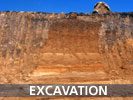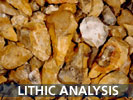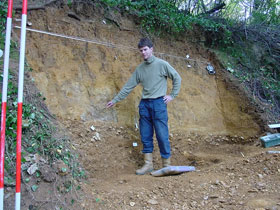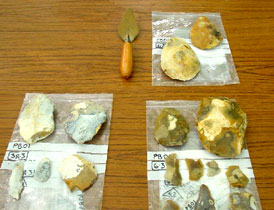|
Priory Bay, Isle of Wight Archaeological investigations in National Trust woodland at Priory Bay on the Isle of Wight have discovered undisturbed sediments containing Lower Palaeolithic stone tools. The Palaeolithic — or early Stone Age — period in Britain began approximately 500,000 years ago (BP) with the first colonisation of southern England, and finished c. 10,000 BP at the end of the last Ice Age. The finds at Priory Bay, which comprise flint handaxes and flakes, are typical of the earliest phase of the Palaeolithic, and come from sediments that can be provisionally dated to c. 400,000 BP. Over a thousand artefacts including several hundred handaxes had previously been recovered from the beach at Priory Bay since the late 19th century, making it by a long way the richest Palaeolithic site on the Isle of Wight, and one of the richest in the country. Deposits eroding at the cliff-top above the beach had been identified as the likely source of this material, so English Heritage commissioned an archaeological field evaluation project to investigate whether the deposits at Priory Bay contained significant Palaeolithic evidence threatened by coastal erosion.
After an initial survey of the site locale, fieldwork began in February 2001 with preliminary investigations at intervals along the cliff-top. These revealed promising deposits in certain places, although no artefacts were found, and further fieldwork was carried out with students from the Department of Archaeology, University of Southampton the following September. This work involved clearing much wider sections and excavating them back a small way to investigate for artefacts and straighten them for drawing. These further investigations gave a much clearer picture of the sequence of deposits, allowing them to be interpreted (mostly) as laid down by an ancient course of a river flowing down through the eastern Solent. They also produced over 100 flint artefacts, including nine handaxes, which was a rich haul indeed for such a small amount of excavation. These came from several different horizons within the sequence, and it is planned to carry out further work at the site to investigate the archaeological evidence further and to date the site more precisely.
Acknowledgements References |
|
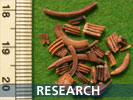 |
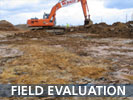 |
 |
 |
